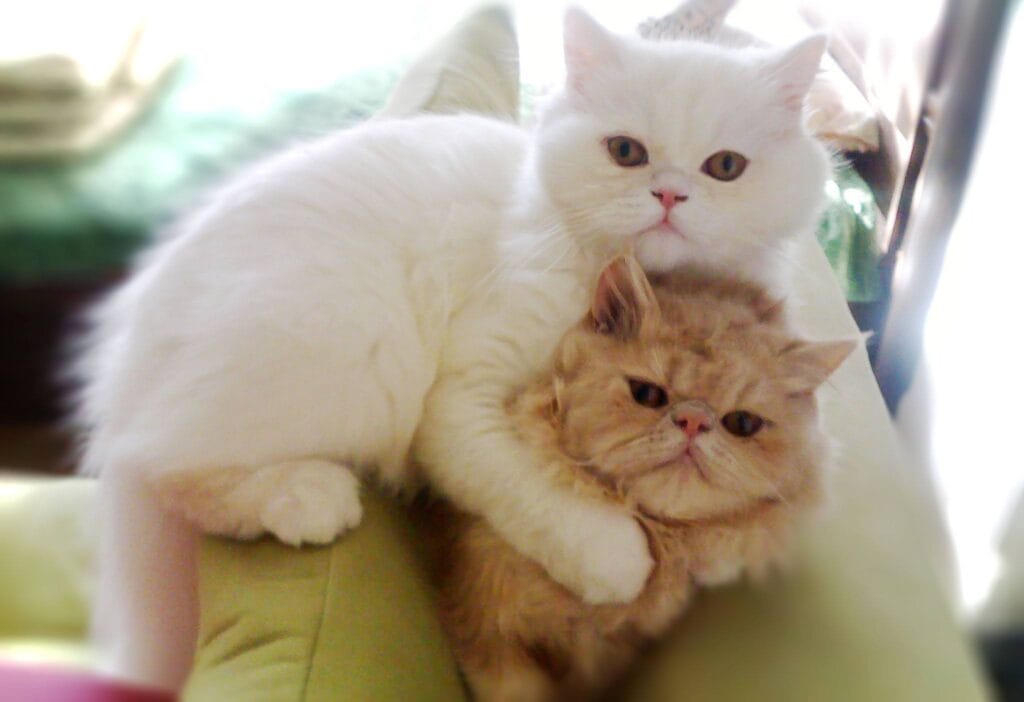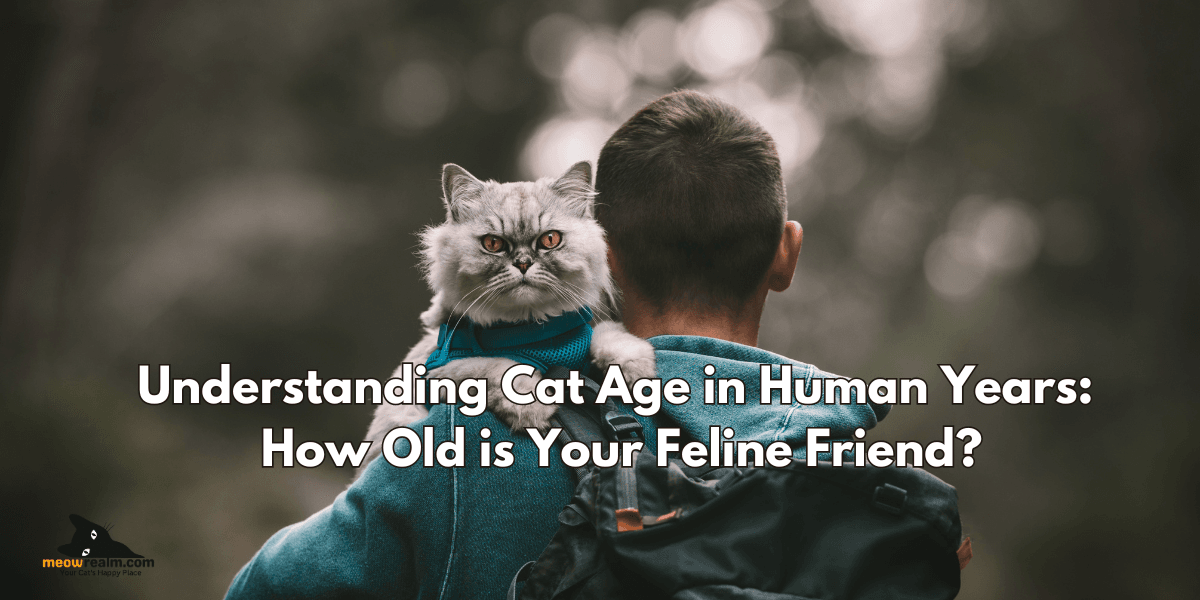Cats have been capturing human hearts for centuries, and their cuteness is one of their most notable traits. Whether they are playing, grooming, or simply existing, cute cats seem to radiate an irresistible charm. But what makes cats so cute in the first place?
One reason why cute cats are so captivating is their unique combination of physical and behavioral traits. Their large, round eyes are proportionate to their faces, similar to that of a human baby. This resemblance triggers our natural instincts to care for and protect them. Additionally, their soft fur and delicate movements make them appear more fragile and, therefore, adorable.
Why Are Cats So Cute When They Sleep?
One of the times when cute cats are most adorable is when they are sleeping. Have you ever watched a cat curl up in a ball, cover their face with their paws, or stretch out lazily? These behaviors not only highlight how relaxed they are but also emphasize their vulnerability.
Cats spend an average of 12 to 16 hours a day sleeping, and during this time, their bodies take on endearing postures that tug at our heartstrings. One theory for why cats look so cute while sleeping is that their relaxed state reminds us of safety and comfort, feelings we naturally associate with affection. Cute cats look peaceful, their purring amplifying the calming effect they have on their human companions.
Additionally, when cats sleep, their slow breathing and twitching whiskers make them appear even more innocent, further enhancing their cuteness. Their stillness, compared to their typically active and playful nature, offers a contrast that draws us in even more.

How to Draw Cute Cats
Capturing the essence of cute cats on paper can be a delightful experience. Whether you are a beginner or a seasoned artist, the following steps will help you draw cute cats with ease:
- Start with Basic Shapes: Begin by sketching a circle for the head and an oval for the body. Use light strokes so you can easily erase mistakes or refine the shapes later. This will create the basic outline of your cute cat.
- Draw Big Eyes: One key feature of cute cats is their large, round eyes. Place them in the middle of the face, leaving plenty of space between them. This creates an innocent, baby-like expression that enhances their cuteness.
- Add Small Features: Draw a small triangle for the nose, and add a tiny mouth with a soft curve to suggest a smile. Keep these features small in proportion to the eyes, as this makes the cat look more delicate and cute.
- Sketch the Ears and Paws: Add pointy, upright ears at the top of the head, and draw the paws as small ovals or circles at the bottom of the body. Keeping the paws small contributes to the overall cute appearance of the cat.
- Refine the Details: Now it’s time to focus on the details that make cute cats unique. Add whiskers, fur texture, and any distinct markings like stripes or spots. You can also adjust the position of the tail to give the cat a playful or relaxed look.
- Finish with Shading: To complete your drawing, add soft shading to emphasize the roundness of the body and head. This will give your cute cat drawing more depth and dimension, making it appear more lifelike.
The Science Behind Why We Love Cute Cats
There’s more to our affection for cute cats than just their looks. Scientists have studied the psychology behind why we find animals—especially cats—so appealing. When we see a cute cat, our brains release oxytocin, often referred to as the “love hormone.” This chemical is associated with feelings of bonding and affection, which explains why we feel such a strong emotional connection to cute cats.
Additionally, cats’ small size and playful demeanor tap into the same caregiving instincts we have for infants. Their meows, which can mimic the sound of a baby crying, and their dependency on humans for food and shelter further strengthen this bond.
Interestingly, even the colors and patterns on cute cats’ fur can influence how we perceive their attractiveness. Lighter-colored cats, for example, may be associated with softness and gentleness, while darker-colored cats exude mystery and elegance, adding to their overall charm.
The Enduring Appeal of Cute Cats
Cute cats will forever hold a special place in our hearts, whether they’re playing, sleeping, or simply lounging around. Their combination of physical features, like big eyes and soft fur, along with their endearing behaviors, make them irresistible to cat lovers everywhere. From their playful antics to their peaceful sleep, every moment with a cute cat is an opportunity to appreciate their charm.
If you’re an aspiring artist, learning how to draw cute cats can be a rewarding way to capture their essence. And if you’re simply an admirer of feline beauty, understanding why cats are so cute deepens your appreciation for these captivating creatures.





